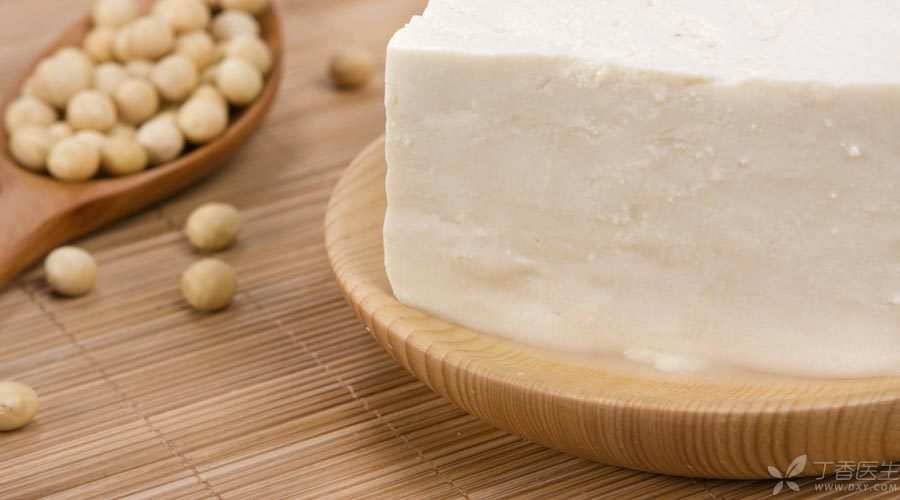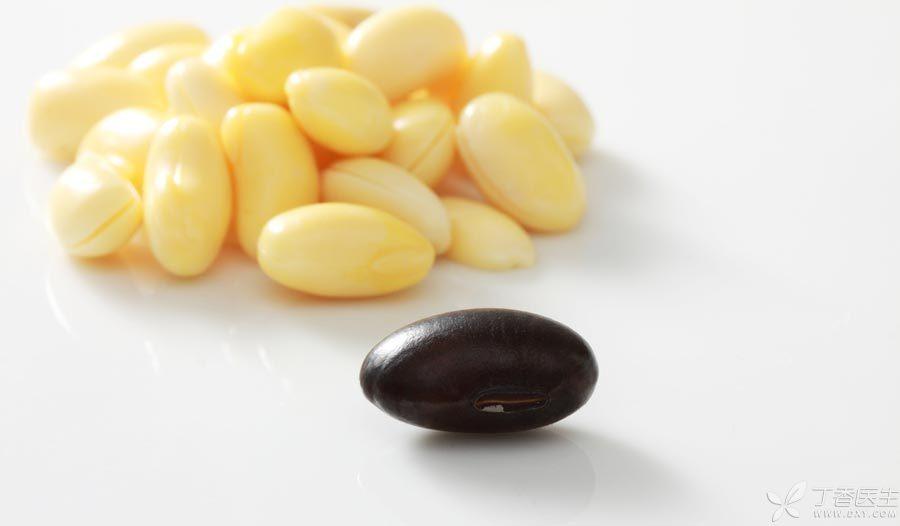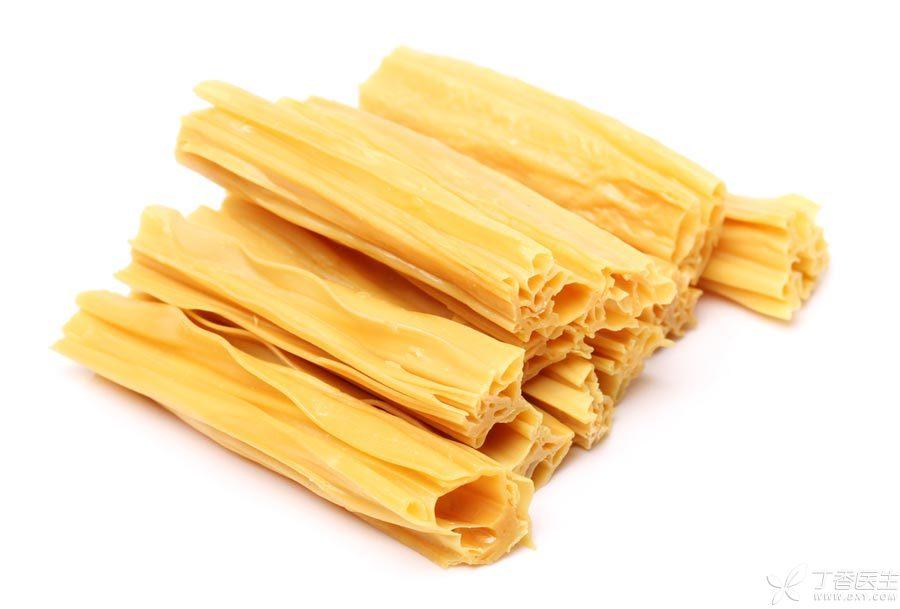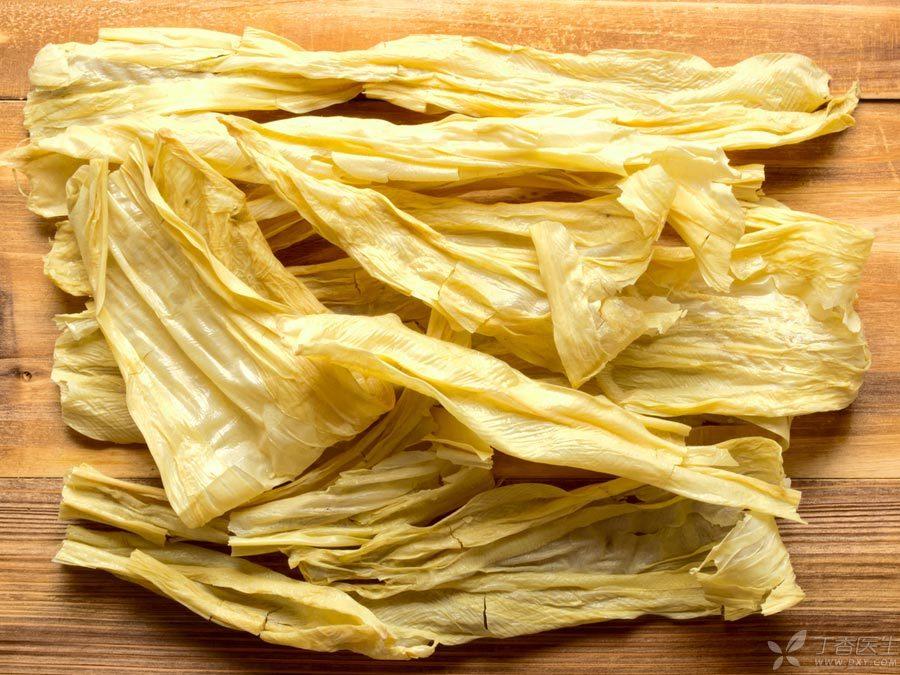
Bean products have a long history in China. Natural gifts, coupled with the experience and wisdom of our ancestors, have created a unique delicacy in China, bean products-this delicious and nutritious food.
Soybean food is a high-quality vegetable food that can provide protein. For vegetarians, this is quite perfect. Ancient Chinese praised tofu for its virtue. People who eat tofu can be content with poverty, and people who make tofu also know how to let nature take its course.
The bean products family includes white tofu, black tofu, rotten skin, preserved beancurd and other members, each of whom has different what?
The genealogy of bean products will slowly open…
White tofu
The raw material of white tofu is soybean.
Soybeans are polished into soybean milk, and a large amount of protein and oil droplets wrapped by protein are dissolved in milky white liquid.
Then, coagulant is added to soybean milk, and proteins are connected with each other to form an endless net, in which oil droplets and water are netted to form a solid, thus becoming tofu.
According to different coagulants, tofu can be divided into three categories:
North Tofu-
Brine is used as coagulant.
The content of calcium and magnesium ions in brine is relatively high, which can solidify soybean protein. The solidified tofu has high hardness and rough texture, and many people like its taste. North tofu has high calcium content and good calcium supplement effect.
South tofu-
Use gypsum as coagulant.
The main ingredient in gypsum is calcium sulfate, which has low solubility in water. The water content of tofu solidified by gypsum is higher than that of north tofu, so the texture is softer and the calcium content is lower than that of north tofu. However, the soft and tender taste also brings a large number of fans to south tofu.
Lactone tofu-
Gluconolactone is used as coagulant.
Lactone tofu has higher water content, and its calcium only comes from soybean itself, so its content is the lowest among the three kinds of tofu. However, its texture is also the softest, and its taste is more delicate and tender than that of south tofu.
The Chinese believe that water can nourish people’s spirituality and consciousness, and the shaping of tofu by different brines seems to be a realistic embodiment of this view.

Black tofu
China’s diet has strong regional characteristics. The same kind of food may have different names in different places. The same name may refer to different foods in different places. [Black Tofu] is the latter case.
Many people understand black bean curd as bean curd made from black beans. Unlike what is called black beans in North America, black beans in China are a kind of soybean with a black skin (as opposed to the yellow skin of soybeans) and are mainly composed of protein, grease and fiber. The main components of black bean curd are: black bean curd, black bean curd, black bean curd, black bean curd, black bean curd, black bean curd, black bean curd, black bean curd, black bean curd and black bean curd.
Black beans can also be ground into soya-bean milk and solidified into tofu, thus becoming [black tofu]. Black beans are only black in skin, not black in interior, and the outer skin becomes bean dregs after grinding into soya-bean milk and is removed. Therefore, [black tofu] made of black beans is not black, but darker in color than white tofu. The nutritional value of this black tofu is similar to that of white tofu.
In Sichuan, [black tofu] refers to konjac. Konjac is a kind of plant tuber, which is traditionally processed by grinding into water to become aqueous solution and adding lime water to solidify. Such [black tofu] is called [konjac tofu]. It is rich in dietary fiber, low in calorie and unique in taste.
In other areas, [black tofu] refers to blood tofu, which is a coagulated blood clot. Because the word [blood] is taboo, it is changed to [black tofu]. Blood tofu made of pure blood is soft but elastic in taste and rich in iron.

Bean curd stick
Tofu is solidified soya-bean milk, while bean curd sticks gather those ingredients rich in oil in soya-bean milk.
There are a large number of oil droplets wrapped in protein in soybean milk. Oil is lighter than water, so it will float upward after being placed. The oil droplets floating to the surface are squeezed together, and the proteins are connected to each other to form a layer of [bean skin].
Wait until this layer of skin reaches a certain thickness, pick it out and dry it in bundles. After drying, it will become [preserved beancurd]. Dried preserved beancurd can be preserved for a long time, and it can be soaked in water when eating.

Bean curd skin
Bean curd skin is also picked out after soya-bean milk is peeled. However, the bean curd sticks are picked out and dried in bundles, while the bean curd skin will spread out in large and thin sheets.
In the process of drying, the protein molecules are more closely connected and will not separate after rehydration. This tight structure also brings strong and flexible taste to tofu skin. Rotten skin is also one of the necessary ingredients for many people to eat hot pot.
Hangzhou special flavor famous dish dry fried ringing is also made of bean curd skin. A high-quality dry fried ringing should have the characteristics of Huang Liang in color, fresh fragrance and crisp sound.
Whether it is black or white, piece or piece, soft or hard, the above are all different forms of bean products.
Because of different processing processes, members of the bean product family will have differences in some nutritional ingredients.
However, they are all high-quality foods with low calories, low saturated fat content, rich protein and various minerals. For modern people with excess calories, enriching their diet with bean products will greatly contribute to their health.
Flavor occupies an important position in the rules of eating. The Chinese have never bound themselves to a boring list of foods. With an understanding of food, people are constantly trying to find inspiration for transformation.
All these imaginative transformations, the flavor they create and the sublimation of nutrition are amazing. And formed a part called culture, which can be passed on.
